Splash a few drops of water on a hot pan and if the pan is hot enough, the water will sizzle and the droplets of water seem to roll and float, hovering above the surface.
Tag: Nuclear Reactor
Advances in machine learning for nuclear power operations spell a brighter future for carbon-free energy
Researchers at Argonne are harnessing the power of machine learning to enhance the safety and efficiency of next-generation nuclear reactors. Using a specialized model, researchers may be able to detect anomalies in reactor operations even when they are masked by other noises, ensuring a safer energy future.
Argonne and industry collaborate to shape nuclear’s future
Seven private companies demonstrate the impact of partnering with the U.S. Department of Energy and its national laboratories to advance nuclear reactor designs, fight climate change and provide secure energy to the nation.
Electrons are quick-change artists in molten salts, chemists show
In a finding that helps elucidate how molten salts in advanced nuclear reactors might behave, scientists have shown how electrons interacting with the ions of the molten salt can form three states with different properties.
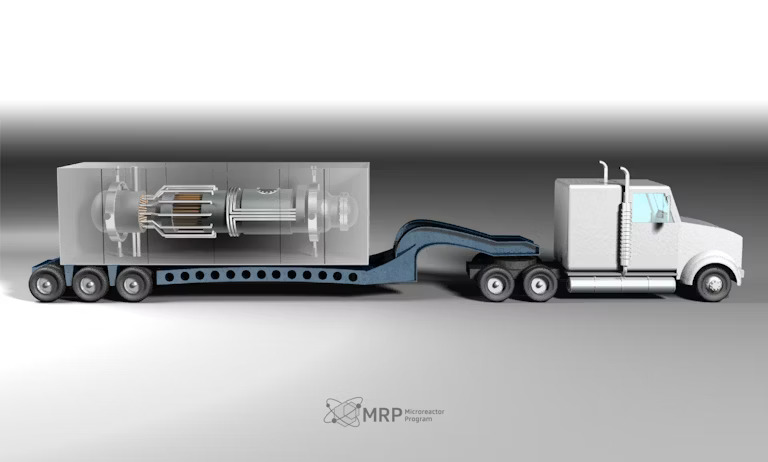
New Study Examines US Markets for Microreactors
Developers seeking to deploy advanced nuclear reactors can find high market potential in states with energy-intensive industries, nuclear-friendly laws, and widespread social acceptance – factors outlined in a new report by researchers at Idaho National Laboratory (INL).
Sandia scientists help enhance advanced nuclear reactor analysis
Sandia National Laboratories engineers have developed a standardized screening method to determine the most important radioactive isotopes produced by an advanced nuclear reactor in the unlikely event of an incident.
Meet the INL experts supporting TerraPower’s advanced reactor development
The city of Kemmerer, Wyoming, home to a coal-fired power plant that is slated for retirement in 2025, has found itself in the spotlight as the center of a new kind of clean energy project.

Johns Hopkins Expert: National Cybersecurity Strategy Neglects Public Awareness
Johns Hopkins University information security expert Anton Dahbura is available to discuss the Biden administration’s newly released national cybersecurity strategy.
Argonne to work with nuclear companies in 3 projects funded by the Department of Energy
Argonne National Laboratory will be partnering with three companies as part of a voucher program provided by the Gateway for Accelerated Innovation in Nuclear program of the U.S. Department of Energy’s Office of Nuclear Energy.
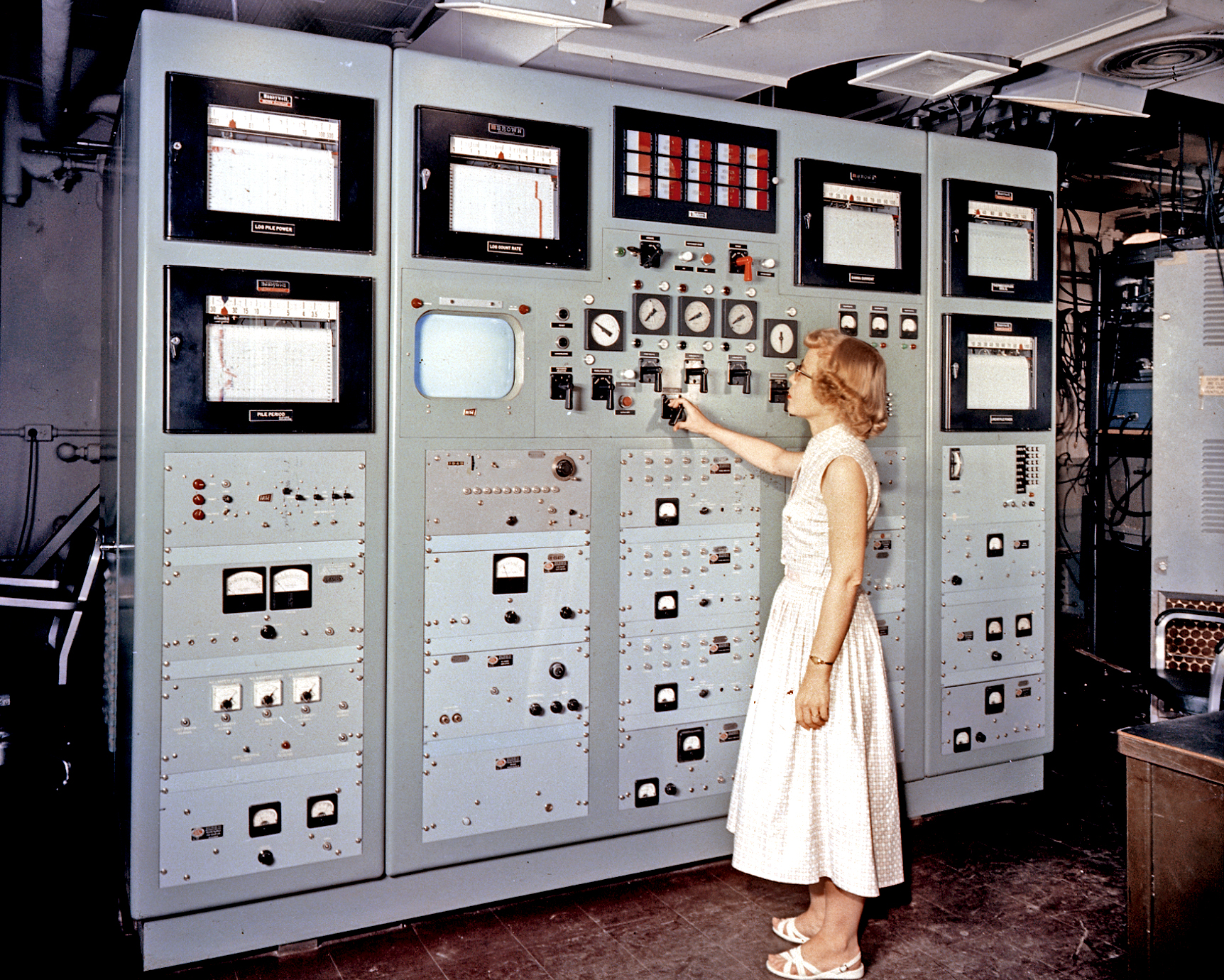
Libby Johnson: On the frontier for nuclear safety
Oak Ridge National Laboratory physicist Elizabeth “Libby” Johnson (1921-1996), one of the world’s first nuclear reactor operators, standardized the field of criticality safety with peers from ORNL and Los Alamos National Laboratory. Her work came on the heels of two incidents involving nuclear materials that took the lives of two government researchers at the end of the Manhattan Project.
Nuclear reactor components 3D printed by ORNL now installed at TVA Browns Ferry nuclear plant
Four first-of-a-kind 3D-printed fuel assembly brackets, produced at the Department of Energy’s Manufacturing Demonstration Facility at Oak Ridge National Laboratory, have been installed and are now under routine operating conditions at the Tennessee Valley Authority’s Browns Ferry Nuclear Plant Unit 2 in Athens, Alabama.
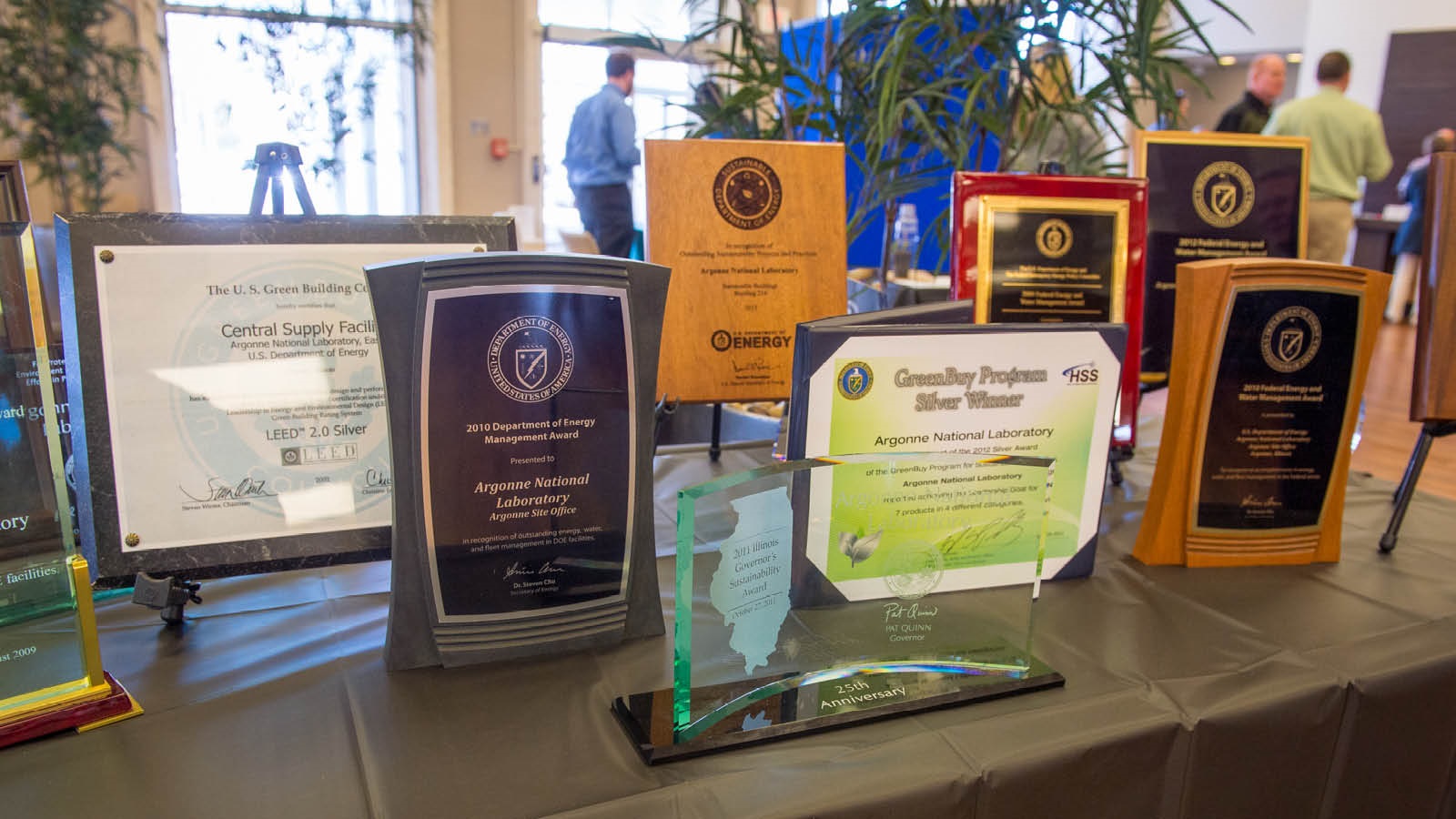
Argonne’s 2021 Maria Goeppert Mayer Fellows bring new energy, promise to their fields
The Department of Energy’s Argonne National Laboratory is proud to welcome five new FY21 Maria Goeppert Mayer Fellows to campus, each chosen for their incredible promise in their respective fields.

Brookhaven Intern Caroline Sears Analyzes Nuclear Fission Yields
The Smith College undergraduate is analyzing data relevant to nuclear reactor science.
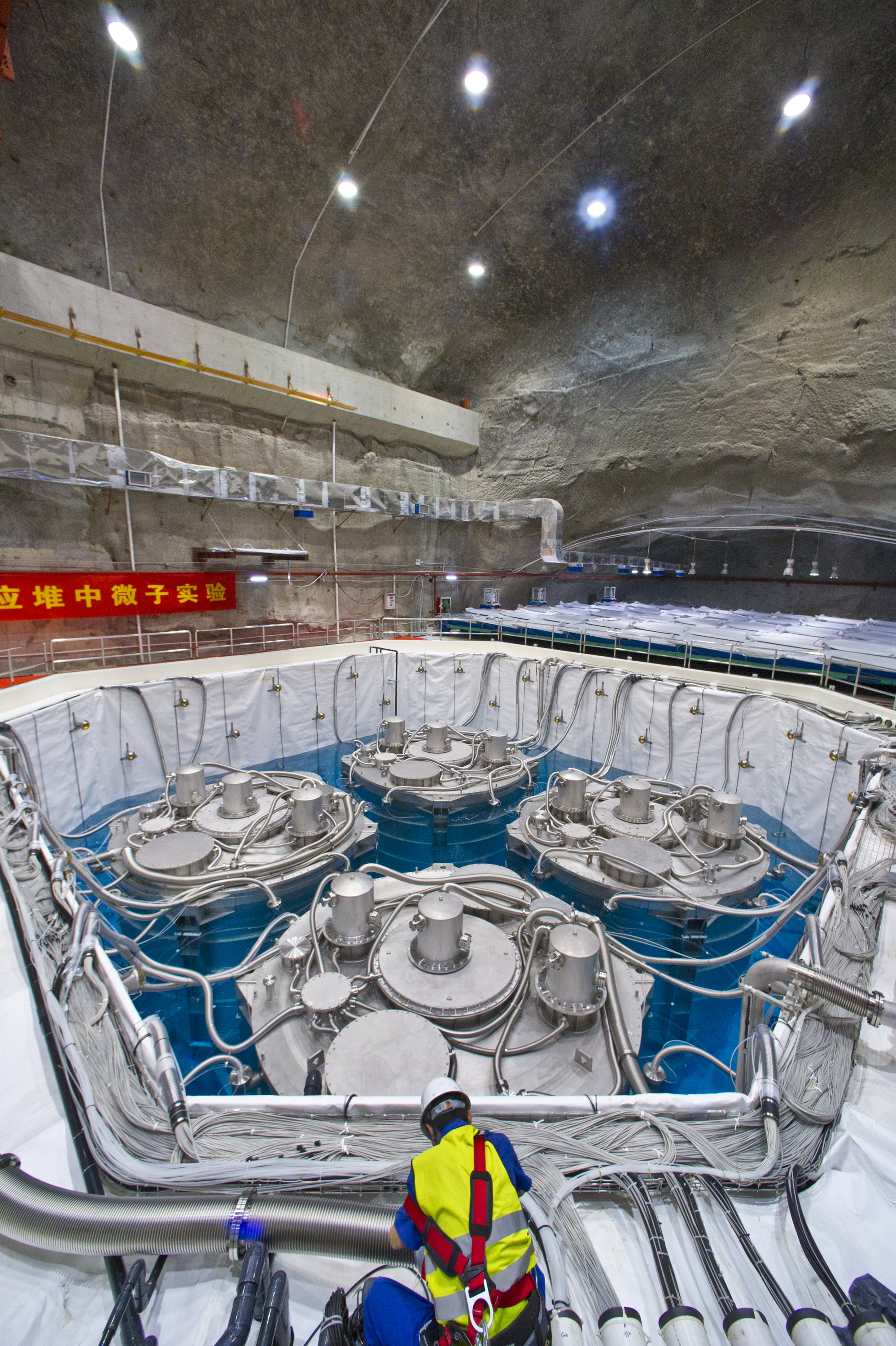
Scientists Say Farewell to Daya Bay Site, Proceed with Final Data Analysis
The Daya Bay Reactor Neutrino Experiment collaboration – which made a precise measurement of an important neutrino property eight years ago, setting the stage for a new round of experiments and discoveries about these hard-to-study particles – has finished taking data. Though the experiment is formally shutting down, the collaboration will continue to analyze its complete dataset to improve upon the precision of findings based on earlier measurements.

Additively manufactured components by ORNL headed for TVA nuclear reactor
ORNL has 3D printed a channel bracket to go into reactors at Browns Ferry Nuclear Plant this spring, to demonstrate the viability of pre-qualified additively manufactured reactor components.
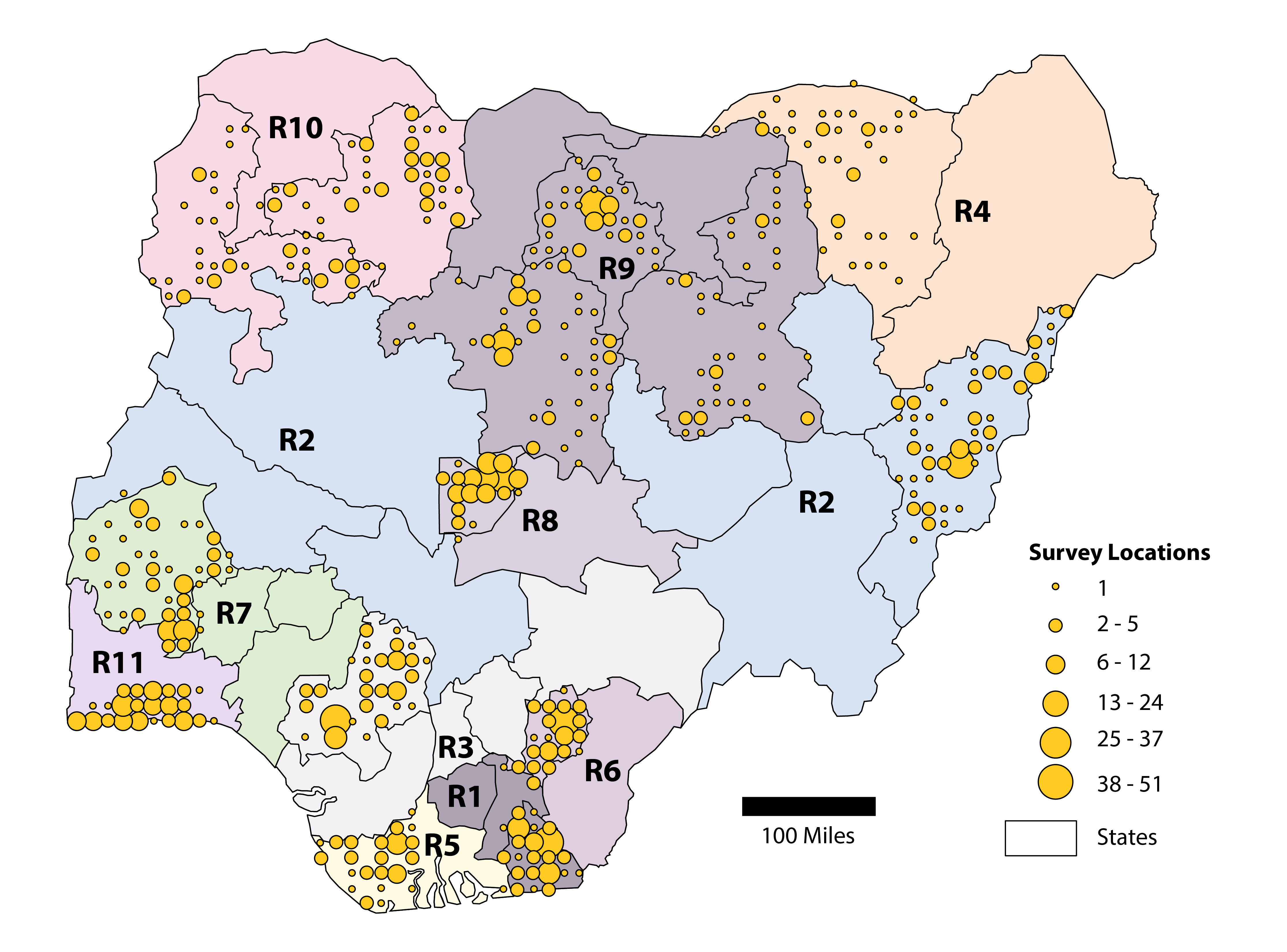
Story Tips: Remote population counting, slowing corrosion and turning down the heat
ORNL story tips: Remote population counting, slowing corrosion and turning down the heat
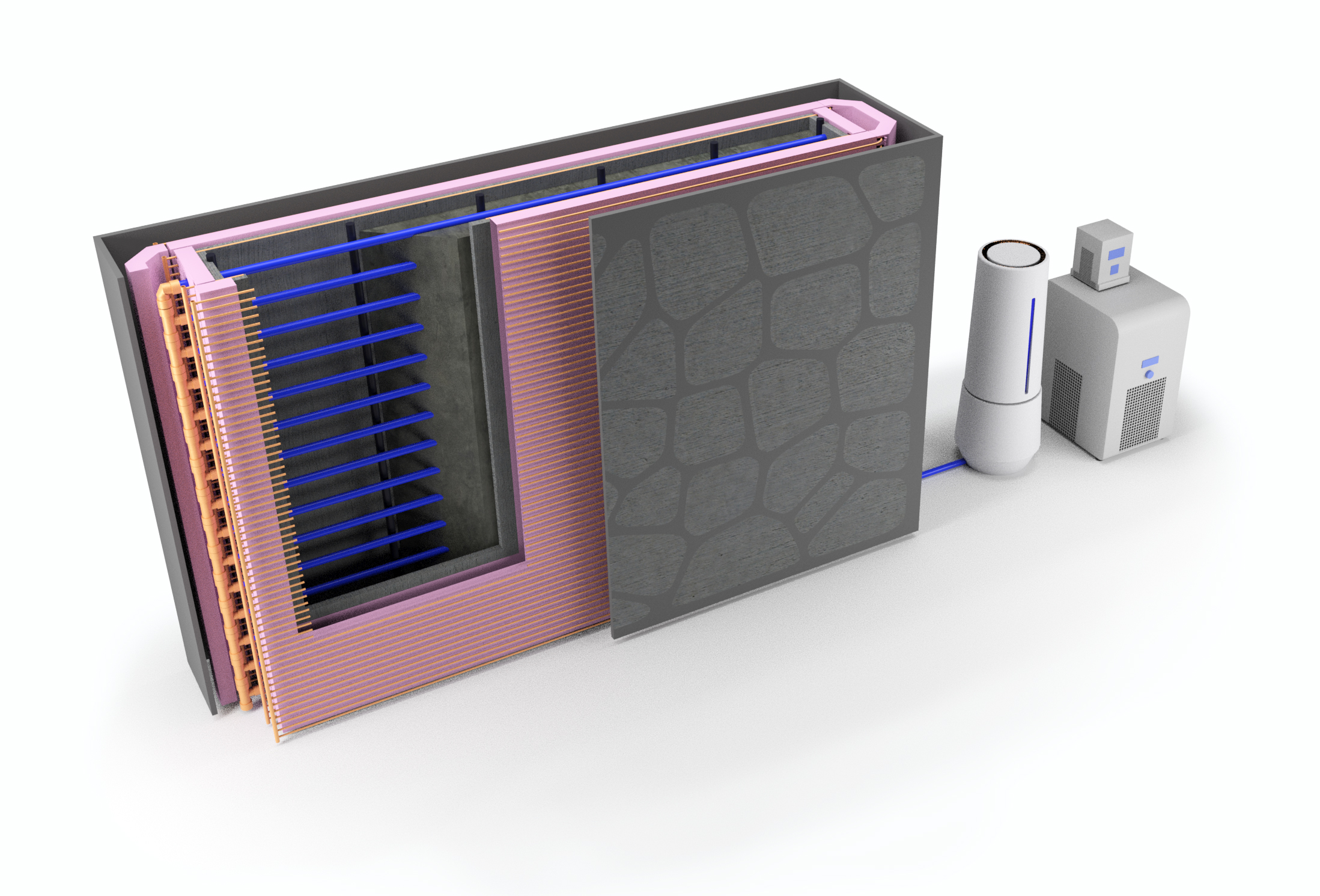
Story Tips: Cool smart walls, magnetism twist, fuel cost savings and polymers’ impact
ORNL Story Tips: Cool smart walls, magnetism twist, fuel cost savings and polymers’ impact

Scientists building 3D-printed nuclear reactor core use HFIR to test novel materials
The Transformational Challenge Reactor will use novel materials. Researchers are testing their performance in a reactor core by irradiating them in the High Flux Isotope Reactor.
Brookhaven and Forge Nano to Mature Noble Gas-Trapping Technology
Through DOE’s Technology Commercialization Fund, the national lab-startup team will develop “nanocages” for nuclear applications.

A Fresh Pair of Eyes On an Old Nuclear Physics Problem
As an intern for the National Nuclear Data Center, Pedro Rodríguez is working to resolve a 70-year-old problem in nuclear physics. He and his mentor are figuring out a way to simplify one of the steps for ensuring nuclear reactors can be modeled correctly.

3D-printed nuclear reactor promises faster, more economical path to nuclear energy
Researchers at the Department of Energy’s Oak Ridge National Laboratory are refining their design of a 3D-printed nuclear reactor core, scaling up the additive manufacturing process necessary to build it, and developing methods to confirm the consistency and reliability of its printed components.

VERA nuclear reactor simulation software licensed commercially for first time
A software package, 10 years in the making, that can predict the behavior of nuclear reactors’ cores with stunning accuracy has been licensed commercially for the first time.
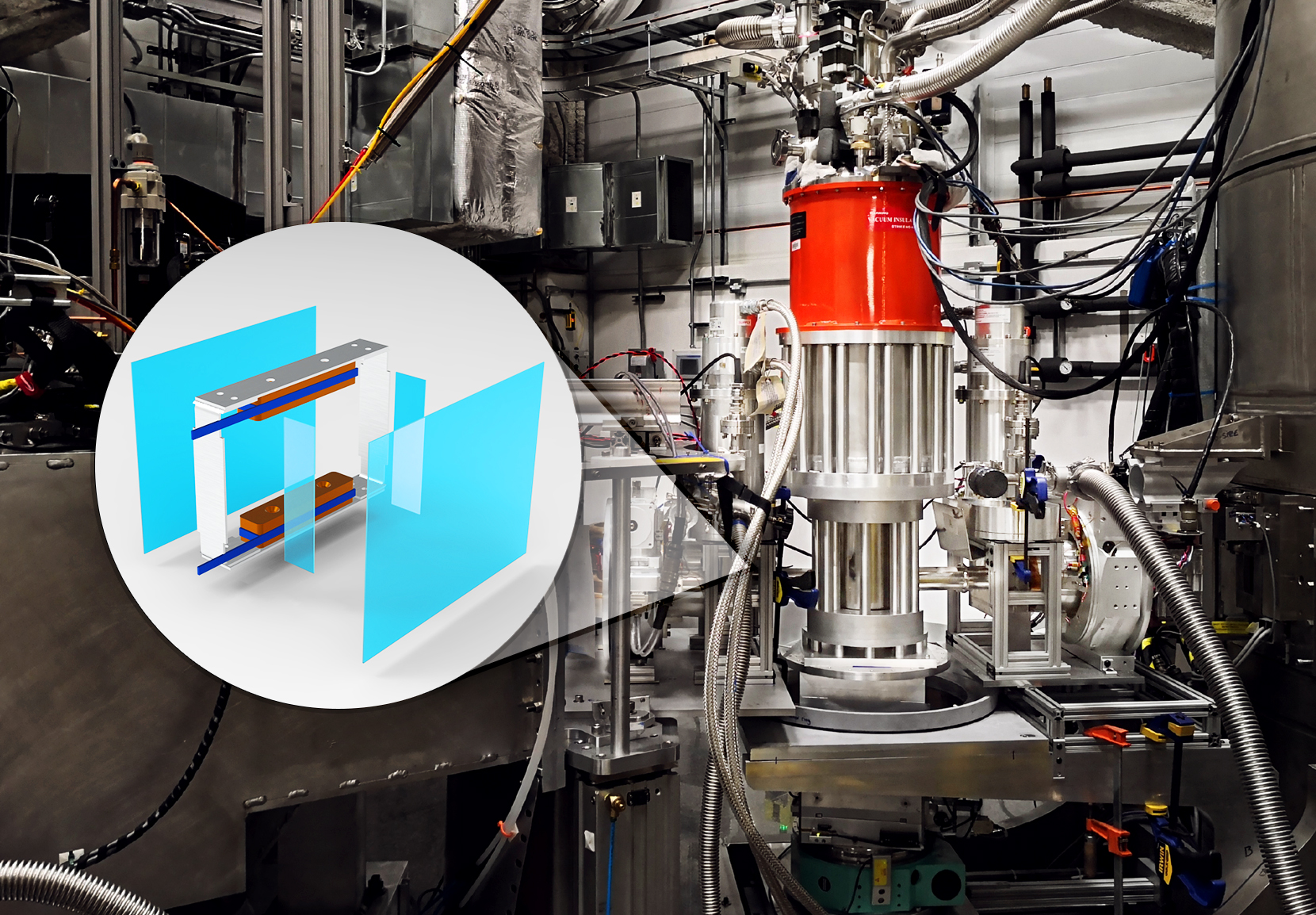
ORNL neutrons add advanced polarization capability for measuring magnetic materials
Neutron scattering instruments at ORNL’s HFIR and SNS are undergoing upgrades which will enable them to study magnetic phenomena previously not possible in the US. Incorporating a device for spherical neutron polarimetry enables the ability to characterize complex magnetic systems in new dimensions for materials that could be developed for enhanced data storage and quantum computing technologies.
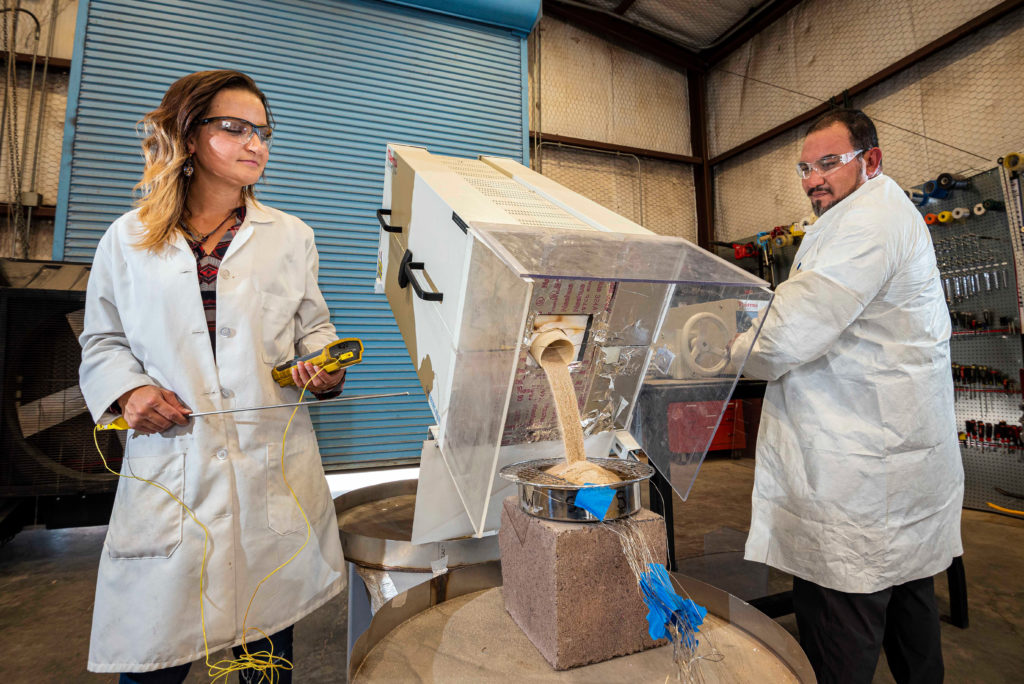
Containing a nuclear accident with ground-up minerals
Researchers at Sandia National Laboratories are developing a promising new way to prevent the spread of radioactive contamination and contain the hot molten mass that develops within a nuclear reactor during a catastrophic accident. During a three-year Laboratory Directed Research and Development project, a team of scientists discovered and patented a process for injecting sand-like minerals into the core of a nuclear reactor during an accident to contain and slow down the progression of a meltdown.